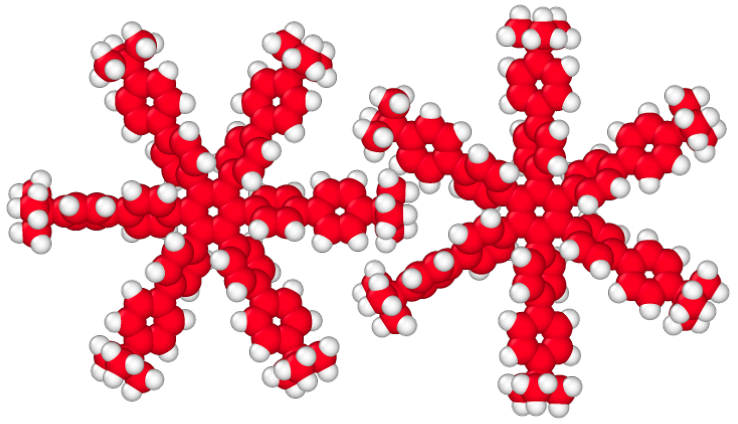Molecule- and solid-state gears build the elementary constituents of nanoscale mechanical machineries. Recent experimental advances in fabrication technologies in the field have strongly contributed to better delineate the roadmap towards the ultimate goal of engineering molecular-scale mechanical devices. To complement experimental studies, computer simulations play an invaluable role, since they allow to address, with atomistic resolution, various fundamental issues such as the transmission of angular momentum in nanoscale gear trains and the mechanisms of energy dissipation at such length scales. We review in this chapter our work addressing the latter problem. Our computational approach is based on classical atomistic Molecular Dynamics simulations. Two basic problems are discussed: (i) the dominant energy dissipation channels of a rotating solid-state nanogear adsorbed on a surface, and (ii) the transmission of rotational motion and frictional processes in a heterogeneous gear pair consisting of a graphene nanodisk and a molecular-scale gear.

Molecule- and solid-state gears build the elementary constituents of nanoscale mechanical machineries. Recent experimental advances in fabrication technologies in the field have strongly contributed to better delineate the roadmap towards the ultimate goal of engineering molecular-scale mechanical devices. To complement experimental studies, computer simulations play an invaluable role, since they allow to address, with atomistic resolution, various fundamental issues such as the transmission of angular momentum in nanoscale gear trains and the mechanisms of energy dissipation at such length scales. We review in this chapter our work addressing the latter problem. Our computational approach is based on classical atomistic Molecular Dynamics simulations. Two basic problems are discussed: (i) the dominant energy dissipation channels of a rotating solid-state nanogear adsorbed on a surface, and (ii) the transmission of rotational motion and frictional processes in a heterogeneous gear pair consisting of a graphene nanodisk and a molecular-scale gear.
